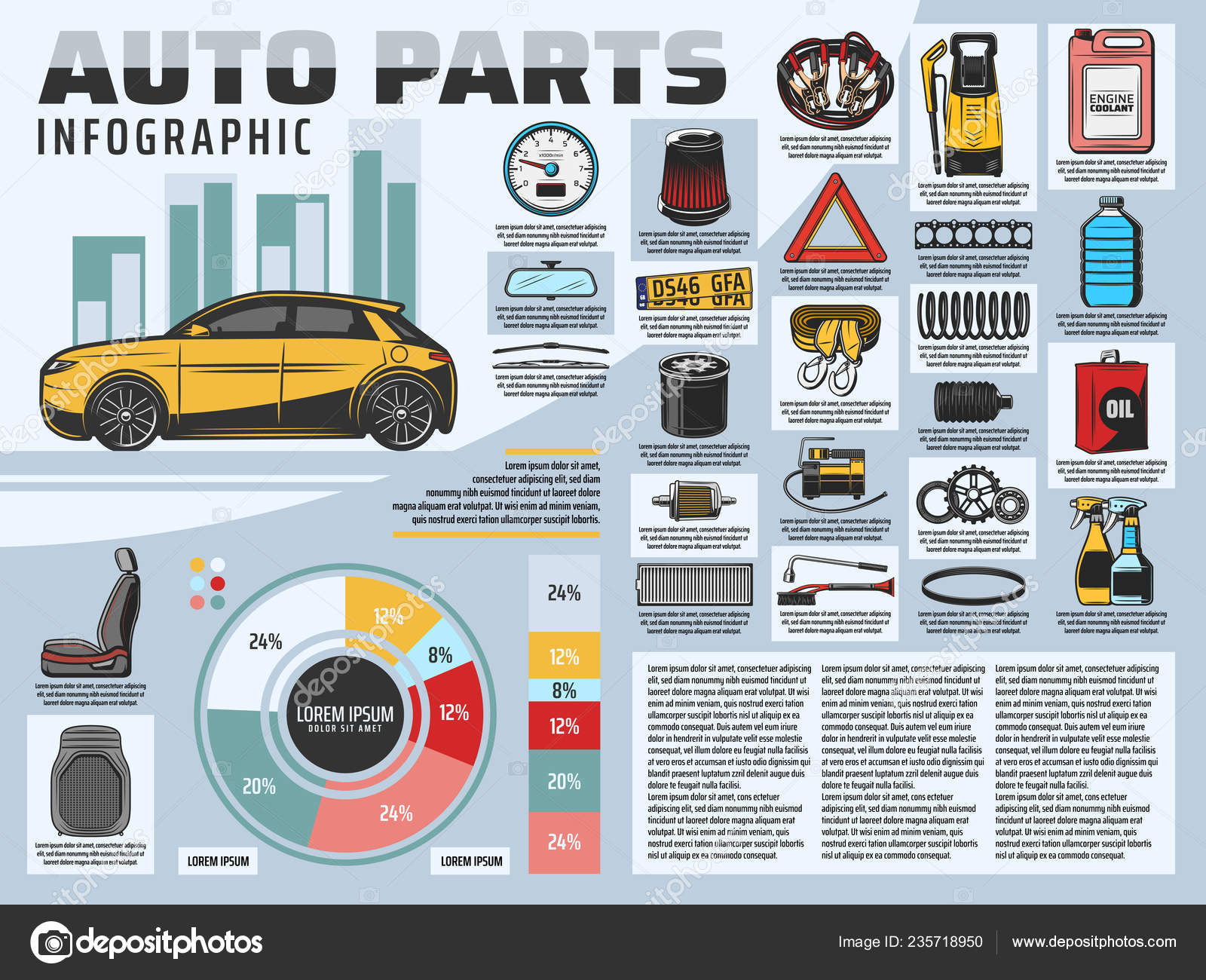Assessing Your Auto'S Caution Indicators: What They Actually Communicate
Assessing Your Auto'S Caution Indicators: What They Actually Communicate
Blog Article
Content Create By-Hartley Alvarado
When you're behind the wheel, those radiant caution lights on your control panel can be a little bit complicated. Do you recognize what they're attempting to tell you about your car's wellness? Comprehending the relevance of these lights is essential for your safety and security and the long life of your vehicle. So, the next time among those lights appears, would not you intend to understand its message properly and take the needed actions to resolve it?
Common Caution Lighting and Interpretations
Identify usual warning lights in your car and comprehend their significances to guarantee risk-free driving.
One of the most regular warning lights consist of the check engine light, which signifies issues with the engine or emissions system. If this light comes on, it's crucial to have your automobile examined without delay.
The oil stress warning light shows low oil pressure, needing immediate focus to avoid engine damages.
A flashing battery light might recommend a defective charging system, potentially leaving you stranded otherwise dealt with.
The tire stress monitoring system (TPMS) light signals you to low tire stress, affecting car security and fuel performance. Overlooking this can cause hazardous driving problems.
The abdominal light indicates a problem with the anti-lock stopping system, endangering your capacity to quit quickly in emergencies.
Finally, the coolant temperature advising light warns of engine overheating, which can lead to severe damages if not solved quickly.
Recognizing these typical warning lights will aid you deal with problems quickly and maintain safe driving conditions.
Importance of Prompt Focus
Understanding the typical caution lights in your automobile is just the primary step; the significance of quickly resolving these cautions can not be highlighted enough to guarantee your safety and security on the road.
When https://www.directorstalkinterviews.com/advance-auto-parts-inc.---consensus-indicates-potential-17.0-upside/4121074338 brightens on your control panel, it's your auto's means of connecting a potential problem that needs attention. Disregarding these cautions can cause extra severe issues in the future, jeopardizing your safety and security and potentially costing you extra in repairs.
Motivate focus to cautioning lights can prevent malfunctions and mishaps. For instance, a blinking check engine light might show a misfire that, if left ignored, can cause damage to the catalytic converter. Addressing this quickly can conserve you from a pricey repair service.
Similarly, a brake system warning light may signify reduced brake liquid or worn brake pads, essential parts for your security when driving.
Do It Yourself Troubleshooting Tips
If you discover a warning light on your dashboard, there are a few do it yourself repairing suggestions you can attempt before looking for expert aid.
https://brakes-near-me62839.blog-ezine.com/30050518/boost-your-car-describing-competence-with-seasonal-suggestions-to-ensure-your-vehicle-continues-to-be-gleaming-and-safeguarded-learn-just-how-to-deal-with-the-distinct-obstacles-each-season-provides is to consult your cars and truck's manual to comprehend what the certain warning light suggests. Sometimes the issue can be as basic as a loose gas cap setting off the check engine light. Tightening up the gas cap may solve the issue.
An additional usual concern is a low battery, which can set off various cautioning lights. Examining the battery connections for deterioration and guaranteeing they're protected may fix the problem.
If a caution light lingers, you can attempt resetting it by detaching the cars and truck's battery for a couple of minutes and then reconnecting it. Furthermore, examining your vehicle's liquid levels, such as oil, coolant, and brake liquid, can aid fix cautioning lights associated with these systems.
Conclusion
Finally, comprehending your vehicle's warning lights is crucial for keeping your lorry running smoothly and safely. By immediately resolving these notifies and knowing what they suggest, you can stay clear of costly repair work and potential breakdowns.
Keep in mind to consult your automobile's guidebook for specific information on each warning light and take action accordingly to guarantee a trouble-free driving experience.
Stay educated, stay risk-free when driving!
